Pharmaceutical Excipients Identification with Handheld Raman
Introduction
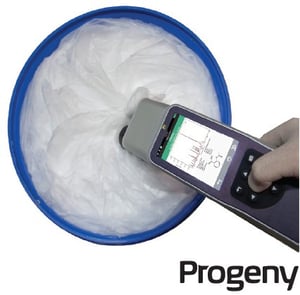 It is critical and required for pharmaceutical manufacturers to have quality control procedures in place to ensure incoming raw materials are both correct and meet sufficient quality standards. Many have adopted Raman spectroscopy as an effective and efficient technique for raw material identification, in-process analysis, and final product authentication.
It is critical and required for pharmaceutical manufacturers to have quality control procedures in place to ensure incoming raw materials are both correct and meet sufficient quality standards. Many have adopted Raman spectroscopy as an effective and efficient technique for raw material identification, in-process analysis, and final product authentication.
Minimize sample interference while maximizing efficiency
While analyzing excipients, fluorescence interference frequently prevents successful chemical identification and/or analysis. The Rigaku Progeny utilizes a 1064 nm laser to minimize signal-blocking fluorescence. To demonstrate the advantages, four common excipients used in many pharmaceutical products were analyzed using 1064 nm and 785 nm Progeny 1064 nm Advanced Analysis Technology analyzers (Figures 1-4).
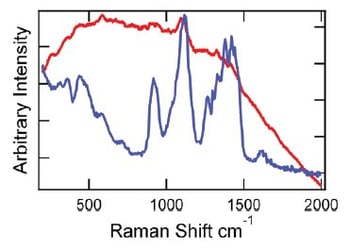 Figure 1: Sodium carboxymethyl cellulose 785 nm and 1064 nm
Figure 1: Sodium carboxymethyl cellulose 785 nm and 1064 nm
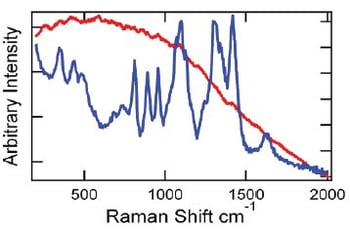
Figure 2: Alginic acid sodium salt 785 nm and 1064 nm
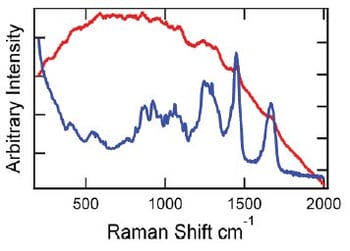
Figure 3: Gelatin 785 nm and 1064 nm
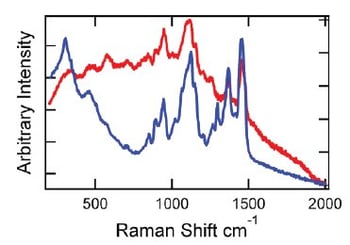
Figure 4: Hydroxyproyl methyl cellulose 785 nm and 1064 nm
Conclusion
Because of its ability to test the full range of materials covered by a 785 nm system and the added ability to cover materials blocked by fluorescence, the Progeny 1064 nm analyzer offers the most comprehensive material identification range in a handheld form. Manufacturers can now perform lab-quality analysis at any point in their production process, enabling stronger quality programs.

Contact Us
Whether you're interested in getting a quote, want a demo, need technical support, or simply have a question, we're here to help.

.jpg?width=250&height=325&name=1428268_ExcipientsApplicationNote_080522%20(1).jpg)